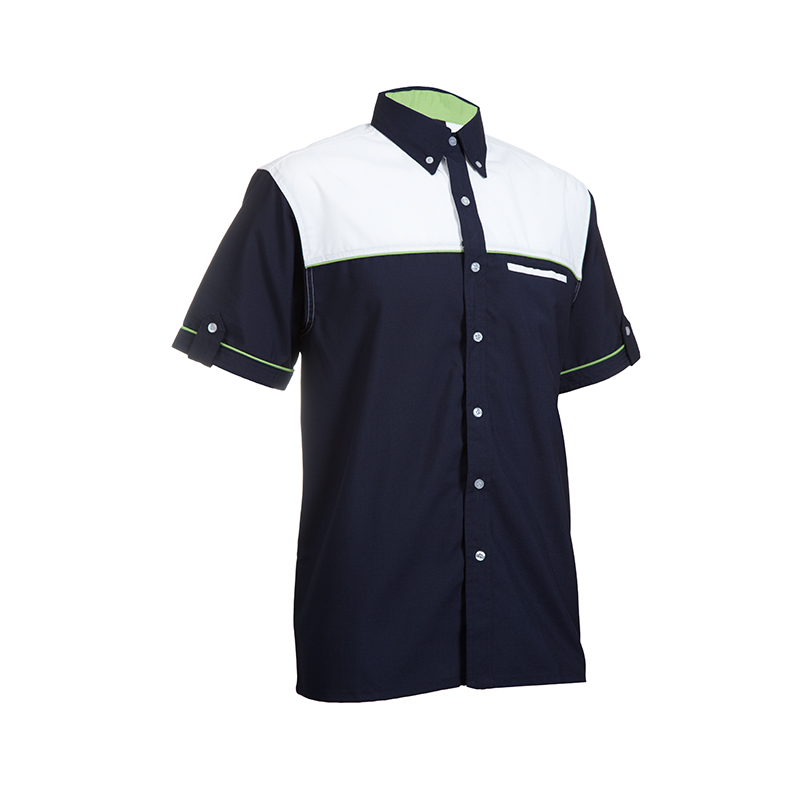printed uniform
custom workwear
As you walk out of your closet every morning, what thoughts are going through your thoughts? Titles go beyond names, speaking volumes about the wearer’s role and position. Let’s unfold the mystery of choosing the right fabric that aligns with various professional environments and weather conditions.
If a logo is flawlessly in this canvas, it creates an amazing display of visual appeal. In the maze of fabric picking one that is compatible with the environment and the formality of work is a skill we'll master in the near future.
It's an established and tested location that is always visible, constantly pulsing with the beat of branding image. Get it right and your way to brand recognition will be quick and secure.
The zipper, pockets and buttons all contribute to the utility of an outfit. Before beginning this journey, the design vessel must be strong and stable.




